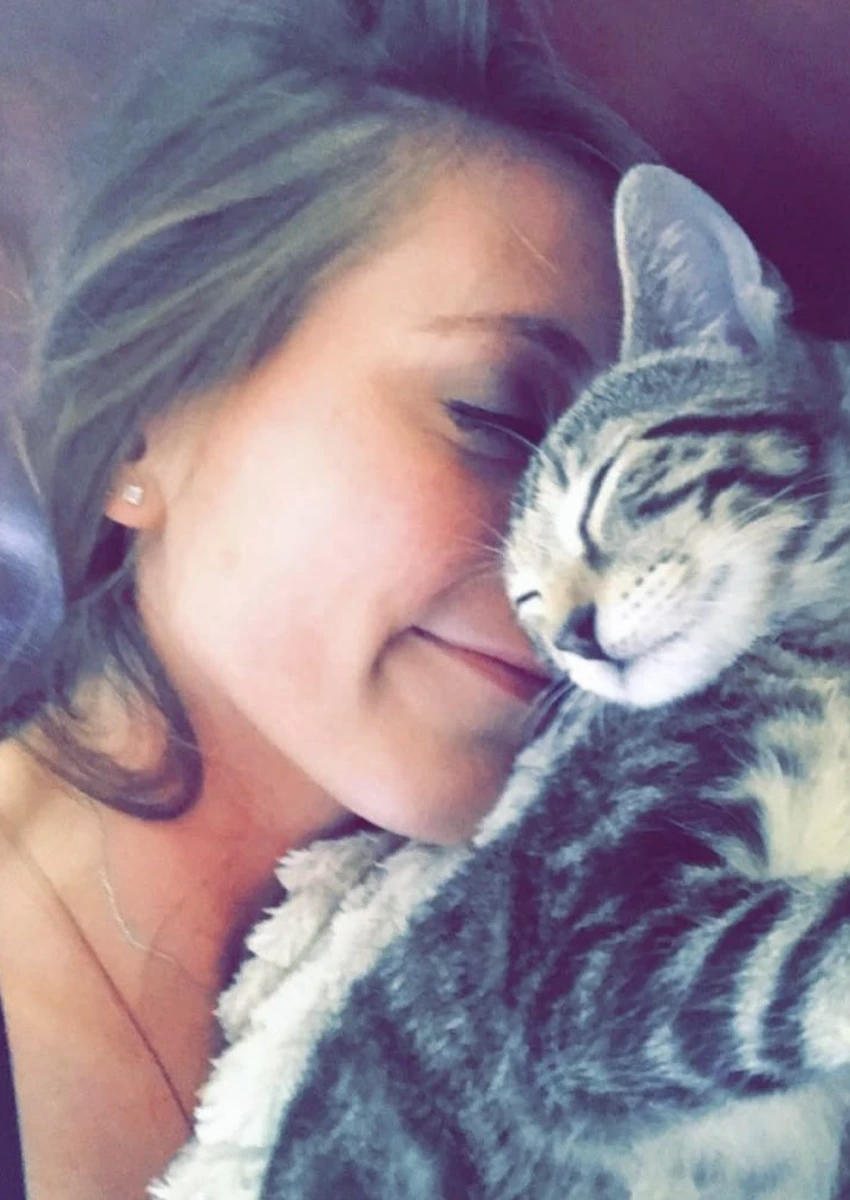
Note: I am not a medical professional, and this article is not to be taken as medical or veterinary advice. Always contact a veterinarian regarding concerns about your pet’s health or behavior. Additionally, Caitycat is a participant in the Amazon Services LLC Associates Program, an affiliate advertising program designed to provide a means for sites to earn advertising fees by advertising and linking to amazon.com. As an Amazon Associate, I earn from qualifying purchases. This post may contain affiliate links, which means I may receive a commission, at no extra cost to you, if you make a purchase through a link. Please see my full disclosure for further information.
Subscribe to my newsletter for all things cats!
Pin it for later!
Have you ever received news that instantly made everything around you fade to black and you can’t see, hear, or even think? That’s what happened to me when I heard the words “We will do everything we can to make Luna comfortable.”
Feline Infectious Peritonitis (FIP) is a deadly disease that typically occurs in cats between 6 months and 2 years of age, but it can occur in cats of any age. It is virtually 100% fatal if left untreated, and previously there was no cure. Up until recently, treatment included mainly supportive care, such as use of prednisolone to reduce inflammation. This disease occurs when a cat who is exposed to feline coronavirus (which is extremely common in cats, with 80 to 90% of cats being exposed), has a severe immune response to the virus and develops the fatal disease FIP.
If you’ve never heard of this disease, you are not alone. It is fortunately very rare, occurring in only 5 to 10% of cats infected with the feline coronavirus. You can imagine why I was completely in shock when I took my 5-month-old kitten Luna to the vet to receive an antibiotic for what I thought was just a minor kitty cold, only to be told an X-ray revealed that she had fluid in her lungs and she only had a few weeks left to live.
How could this be true? Luna was just a baby and had so much life left to live. She was my soul kitty. If you’ve ever owned an animal, you know the deep bond that is formed almost immediately upon bringing them home. The news was incredibly traumatizing and I didn’t want to believe it. I went home and waited for my boyfriend (who is now my husband) to get home from work to give him the news. We spent what felt like days crying and being utterly devastated and confused. All we could do was hug and kiss our Luna and appreciate every last second we had with her.
After a few days of unsuccessfully attempting to come to peace with this news, I took to the internet to research everything I could about this disease. To my surprise, there was a whole community of cat parents banding together to raise awareness of FIP and find any potential treatments. I found out that there were active clinical trials being performed by Dr. Niels Pedersen from the School of Veterinary Medicine at UC Davis for an investigational compound that was successfully curing a large percentage of cats in clinical trials that were infected with FIP. As you might imagine, the mere news that there was even a sliver of hope for my Luna was enough to pull me out of my dark hole. I researched some more, and found that these investigational treatments were being made available, albeit at extremely high prices as they were not FDA-approved.
I wrestled with the decision for weeks about whether or not to attempt using this investigational treatment for Luna, and I spent a long time on the phone discussing with family, friends, and my veterinarian. On one hand, if I even had a shot at potentially saving my sweet girl, I wanted to try anything I could. On the other hand, using a treatment with extremely small amounts of research done that was not yet approved and costs thousands of dollars seemed extremely risky to me. Ultimately, I chose to try the treatment as a last-ditch effort, as I just couldn’t watch my Luna suffer without at least trying. I knew we likely only had a few days left with her and I would never forgive myself if I could have saved her but didn’t take the leap.
The treatment involved 84 days of administering the medication, followed by 84 days of observation to ensure there was no relapse. The first few days were extremely rough as we struggled to administer the treatment and saw no progress. However, about a week in to the treatment, we woke up in the morning and decided to see if Luna would play with her laser toy, which used to be her absolute favorite toy before she fell sick and would not play with a single thing. When she started to chase the laser, my boyfriend and I looked at each other and just started crying. We knew she was improving and we just couldn’t believe it. This was the twinkle of hope we needed to keep going.
We pushed on for the 84 days of treatment and each day we watched our girl slowly come back to us. Her energy levels improved ten-fold, the spark was starting to come back in her eyes, and she was beginning to thrive again. When we reached day 84, we had ourselves an FIP warrior. We still had to make it through the 84-day observation phase, but thankfully she never relapsed. Luna is now a healthy, happy almost-6-year-old, and we cherish every single day we have with her. I call her my angel baby, and my bond with her is so much stronger after overcoming this horrific disease. Sometimes I think back to the day we brought her home from the pet store. I knew she chose us when she put her paw up on the cage and stared at us as we walked away… and now I know why.
Fortunately, since then, the treatments for FIP have become more readily available and veterinarians are now allowed to prescribe them, making the treatments more affordable for pet parents. More and more kitties are getting a second shot at life and I couldn’t be happier to be a part of the FIP warrior community.
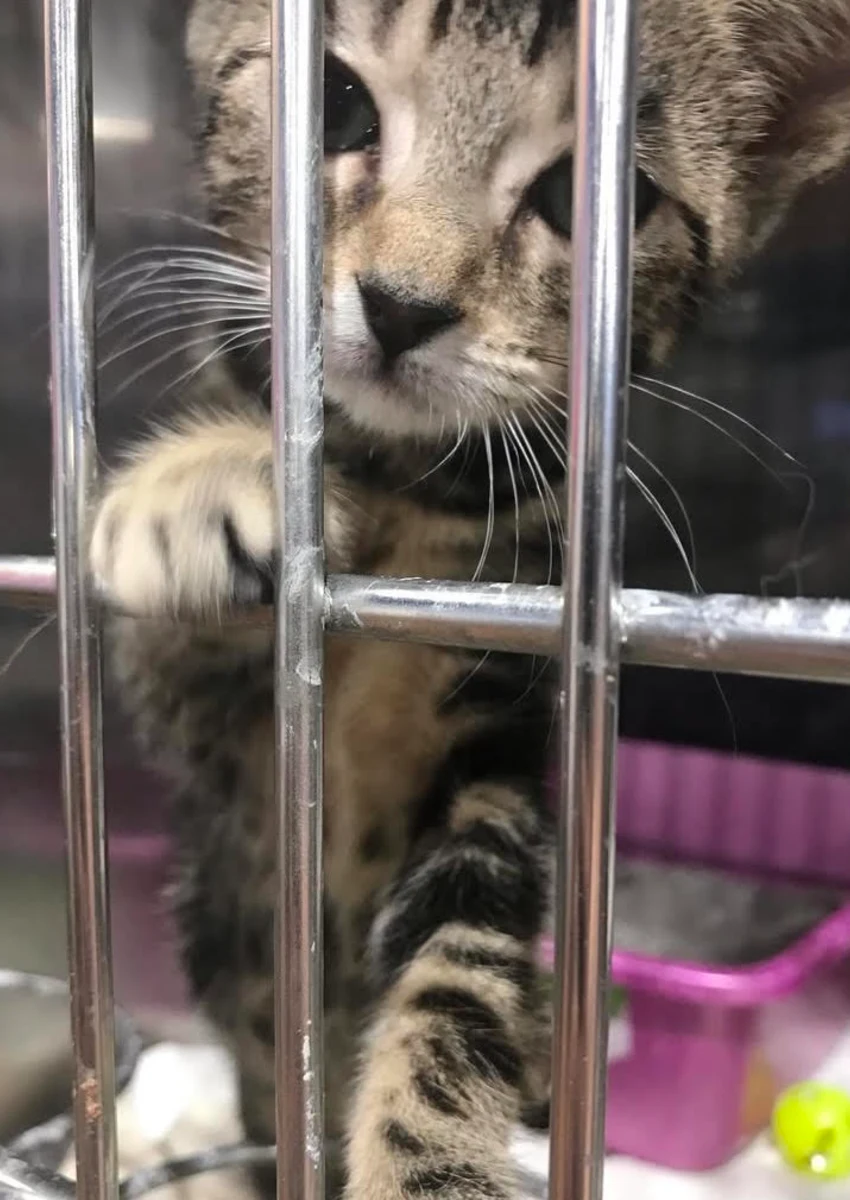
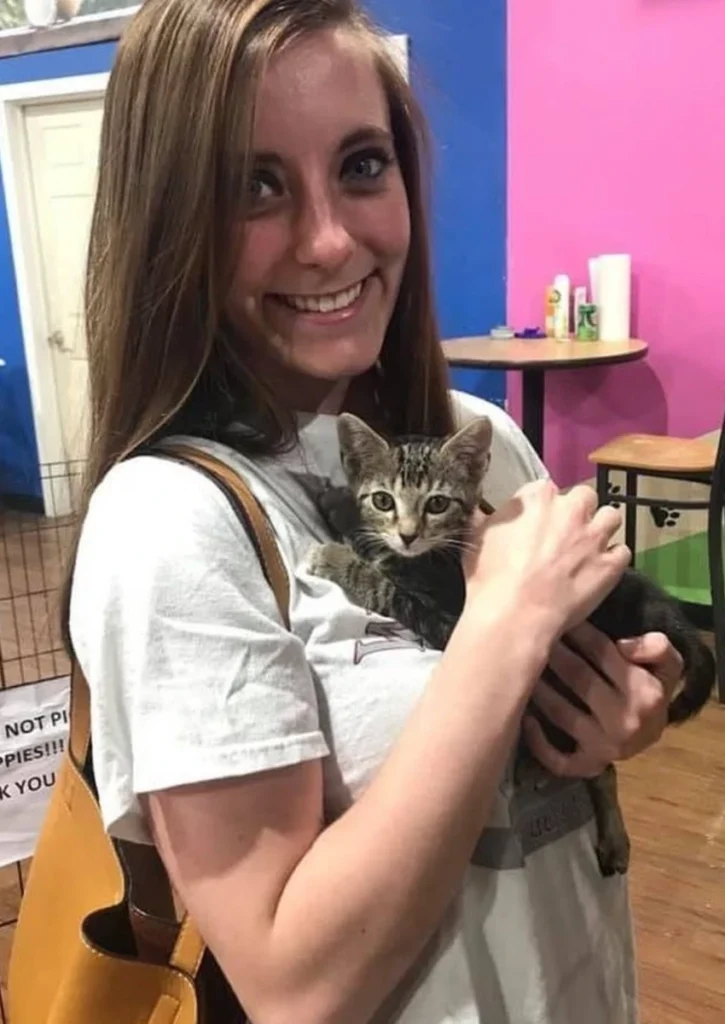
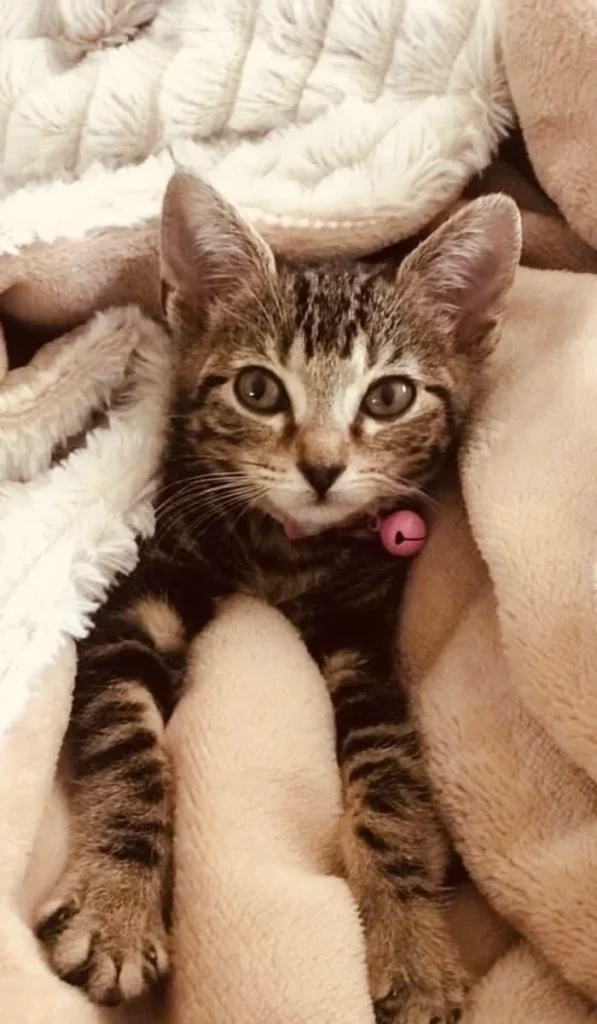
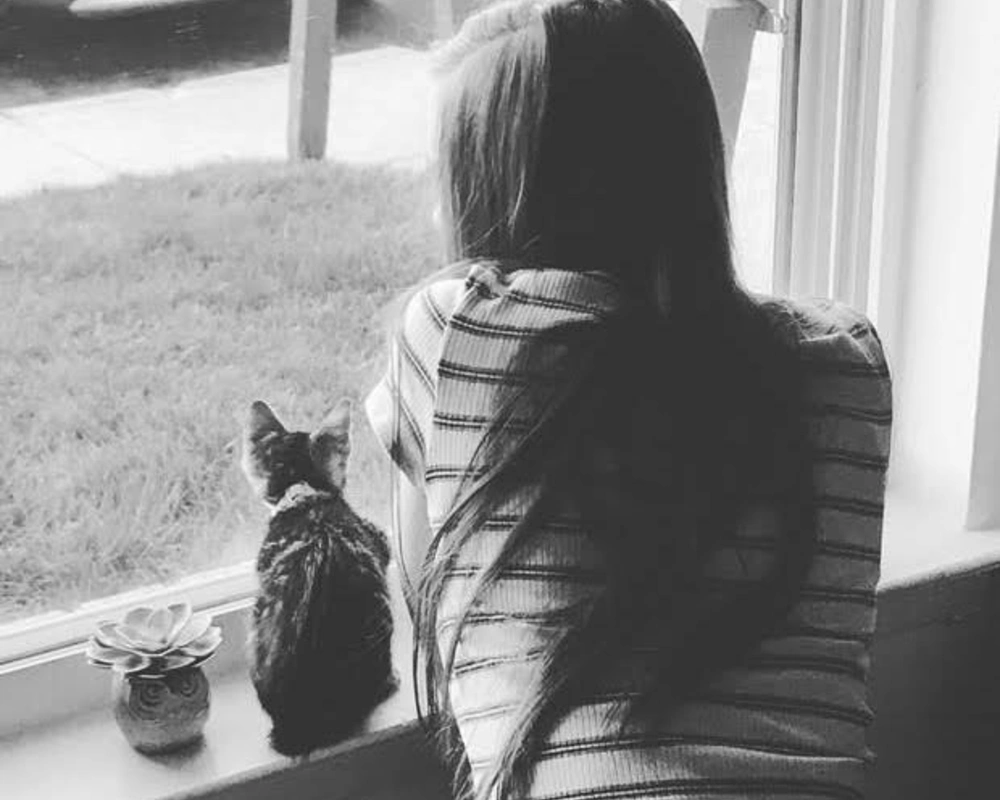
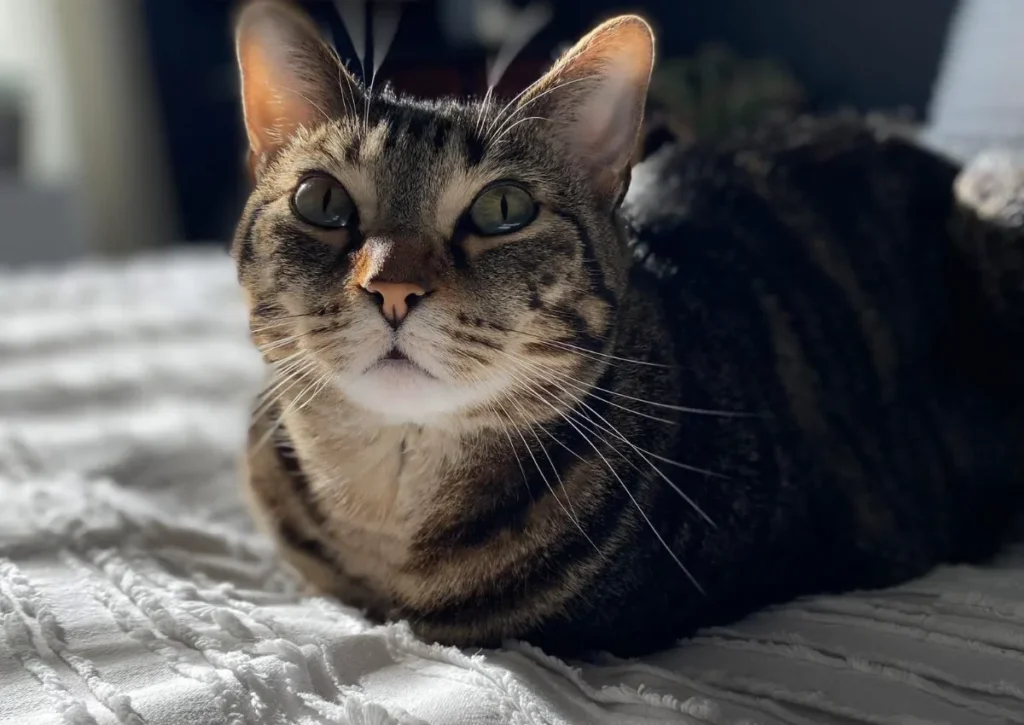
Do you have a story about FIP? Let me know in the comments!
See also…
